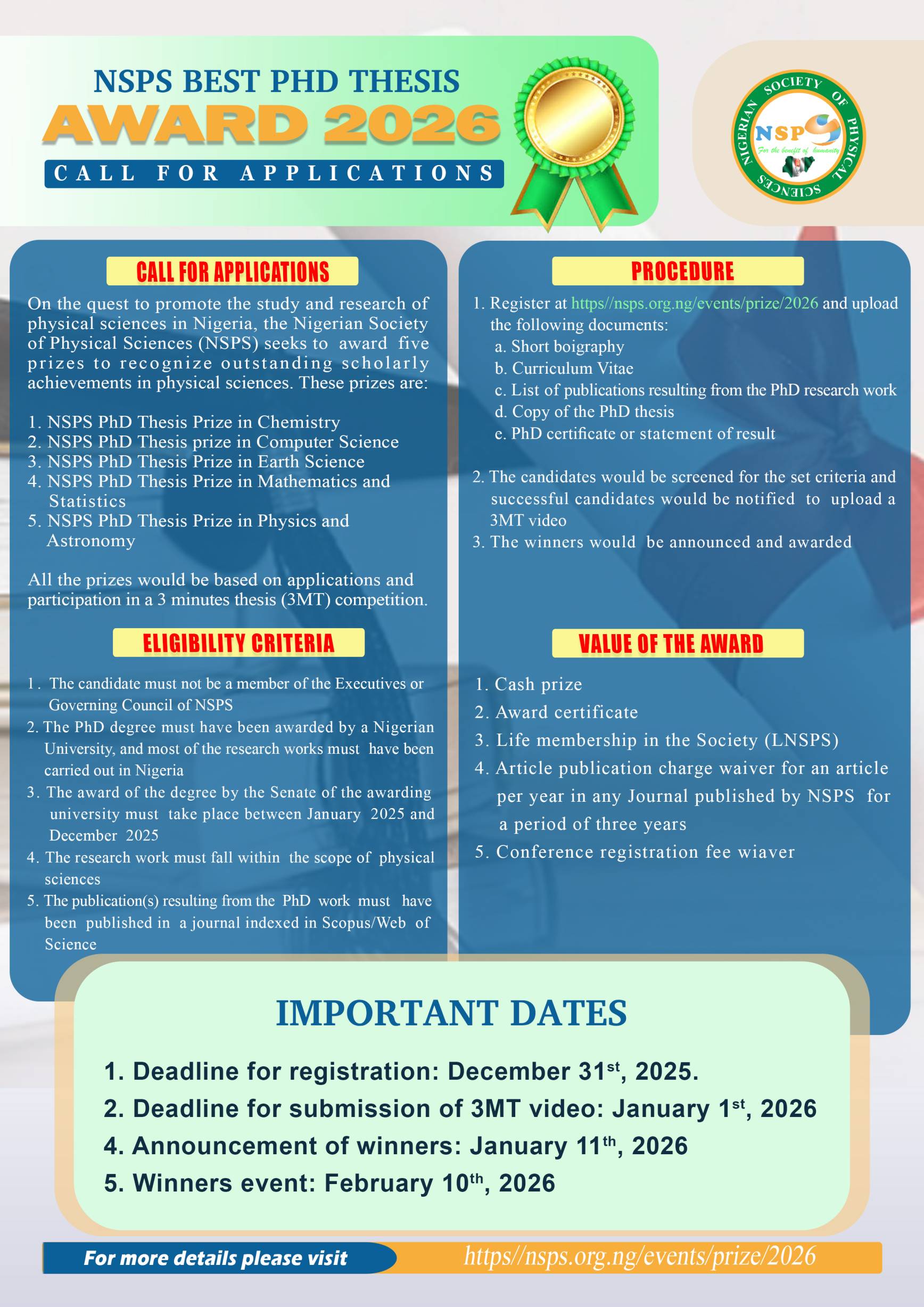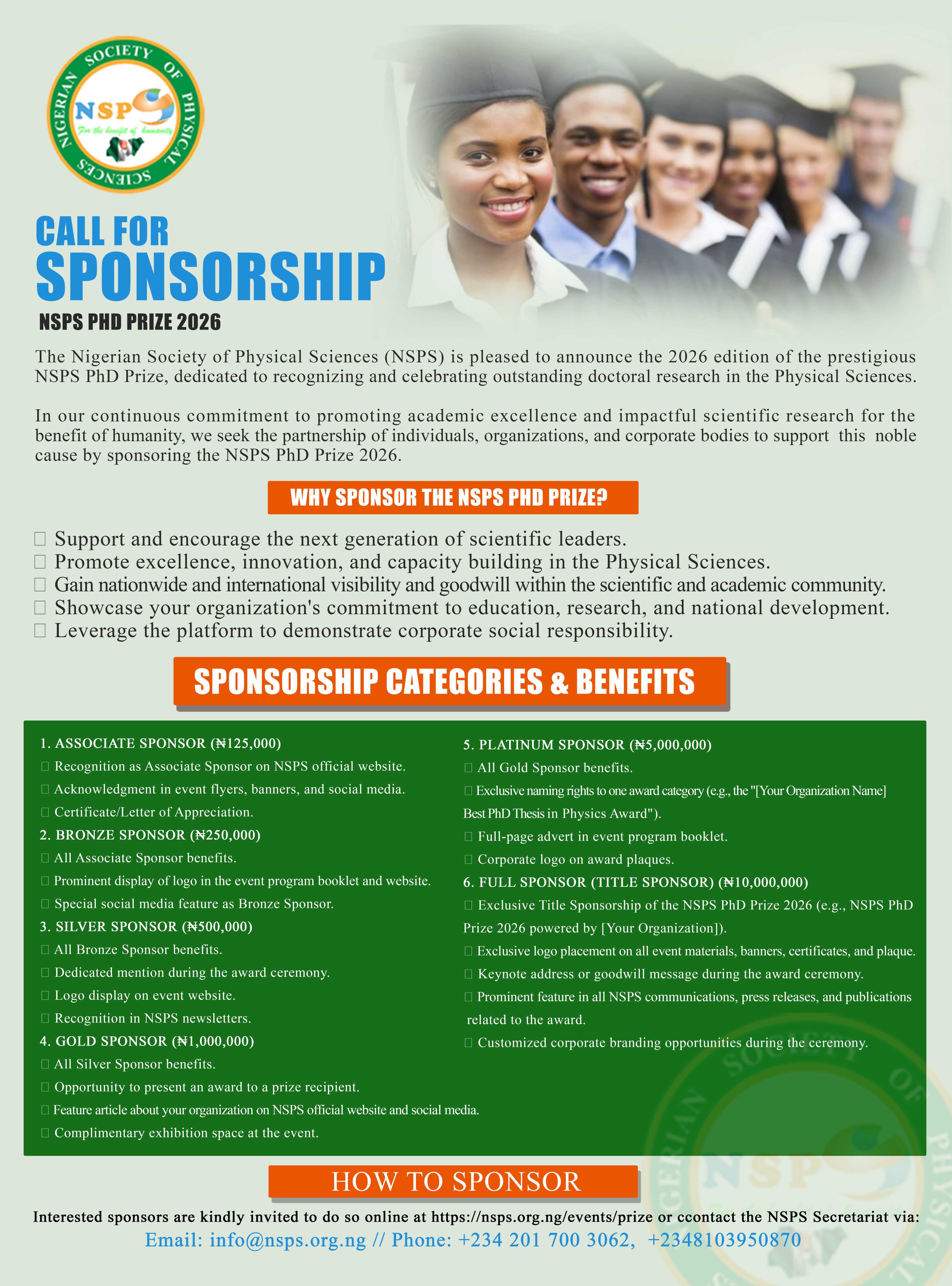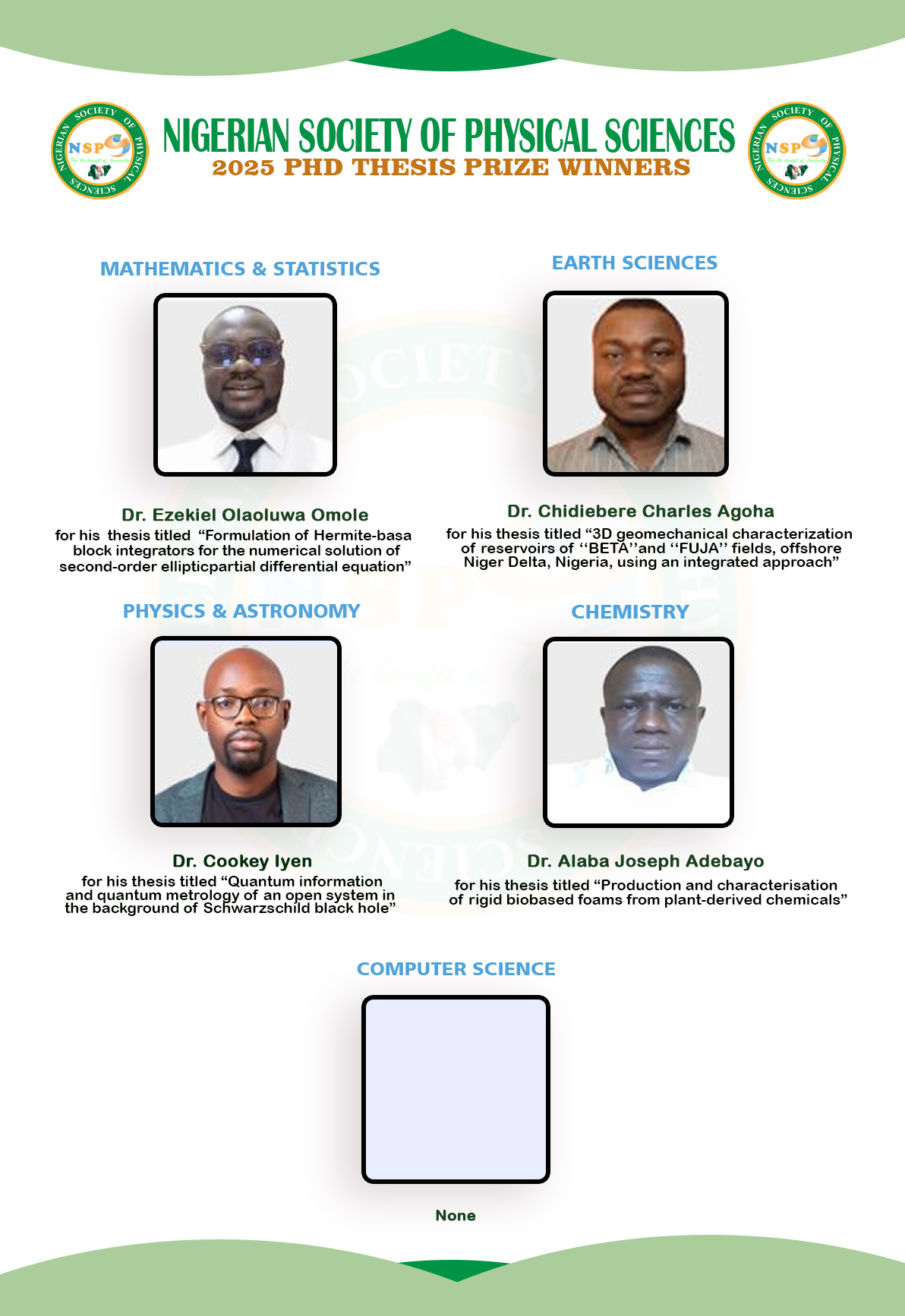Hyper-parameter tuning for support vector machine using an improved cat swarm optimization algorithm
Keywords:
Cat Swarm Optimization, Support Vector Machine, Opposition-based learningAbstract
Support vector machine (SVM) is a supervised machine learning algorithm for classification and regression problems. SVM performs better when combined with other classifiers or optimized with an optimization algorithm. The SVM parameters such as kernel and penalty have good performance on the classification accuracy. Recently, a lot of evolutionary optimization algorithms were used for optimizing the SVM. In this paper, an Improved Cat Swarm Optimization (ICSO) was proposed for optimizing the parameters of SVM with the aim of enhancing its performance. CSOs have the problem of a low convergence rate and are easily trapped in local optima. To address this problem, a new parameter was added to the velocity for the tracing mode and the Opposition-Based Learning (OBL) technique was used to modify the CSO algorithm (ICSO-SVM). A new parameter was introduced to guide the cats’ positions to the local and global best positions in the velocity tracing mode of the CSO algorithm. The proposed algorithm was verified using 15 datasets from the University of California Irvine (UCI) data repository and also six different performance metrics were used. The experimental results clearly indicate that the proposed method performs better than the other state-of-the-art methods.

Published
How to Cite
Issue
Section
Copyright (c) 2023 Silifat Adaramaja Abdulraheem, Salisu Aliyu, Fatima Binta Abdullahi

This work is licensed under a Creative Commons Attribution 4.0 International License.







